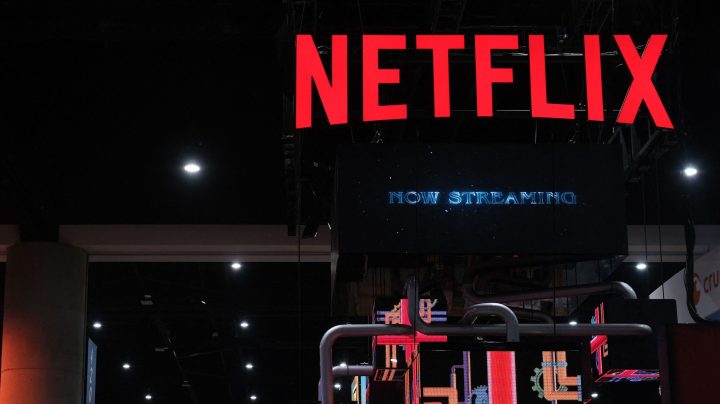
What’s next for streaming, after it surpasses cable?

We heard from the ratings company Nielsen this week that in July, for the first time ever, people spent more time streaming shows than tuning in to cable TV. Nielsen said streaming grew more than 22% over the last year, while cable fell almost 9%. Part of what’s going on has to do with the sheer amount of original content that you can only find on streaming services.
But as streaming continues to grow, the industry will have to overcome a number of obstacles. One is how to win over more customers, especially given how many people already subscribe to a streaming service.
“The streaming category is already at close to 90% penetration of U.S. households,” said Hannah Avery, consumer insights director at Kantar.
Consumers are also getting choosier about which services they want to spend money on.
Mike Proulx at Forrester said that’s why companies have been bundling services together.
“You look at deals being made with Netflix and, let’s say, Xfinity being bundled together in some cases, or Disney+ coming with your Verizon,” he said.
Another obstacle for streaming companies is bandwidth.
Craig Moffett with the research company MoffettNathanson said if you’re watching the Super Bowl on cable TV, it doesn’t really matter whether another 100 people tune in.
“With streaming, that’s different,” he said. “Each individual customer is creating their own stream. And so if you have 100 people watching the Super Bowl, it’s a 100 times more capacity required than if you have one person watching the Super Bowl.”
Moffett said it’s a big issue in many rural parts of the country where internet service isn’t that great.
“The issue is not just that the individual consumer doesn’t have sufficient bandwidth to be streaming regularly, it’s that the communities themselves may not have sufficient bandwidth,” he said.
Bigger telecom companies often lack an incentive to upgrade bandwidth in rural areas, Moffett said.
But Christopher Mitchell at the Institute for Local Self-Reliance said a lot of smaller and community-owned companies in more rural states have been stepping in.
“One of the things we’re seeing is that some of those states, like Mississippi and Arkansas and Missouri, they’ve been making historic investments through electric cooperatives,” he said.
And after the pandemic created even more demand for streaming, Mitchell said, many of those upgrades have been expedited.
“They did upgrades in six months that they’d been planning on doing in 18 months or two years,” he said.
As a result, Mitchell said, people in rural areas will be able to binge watch more shows in a few years.
There’s a lot happening in the world. Through it all, Marketplace is here for you.
You rely on Marketplace to break down the world’s events and tell you how it affects you in a fact-based, approachable way. We rely on your financial support to keep making that possible.
Your donation today powers the independent journalism that you rely on. For just $5/month, you can help sustain Marketplace so we can keep reporting on the things that matter to you.











